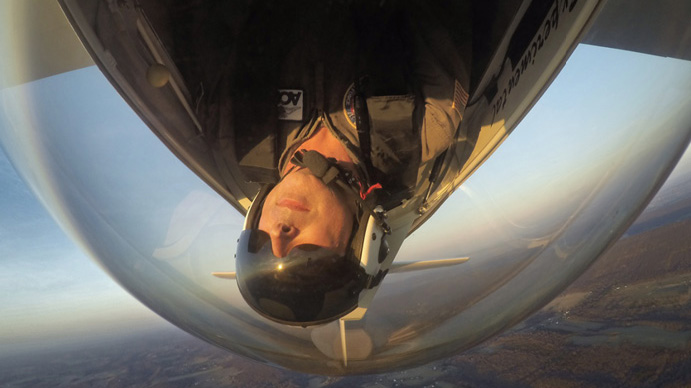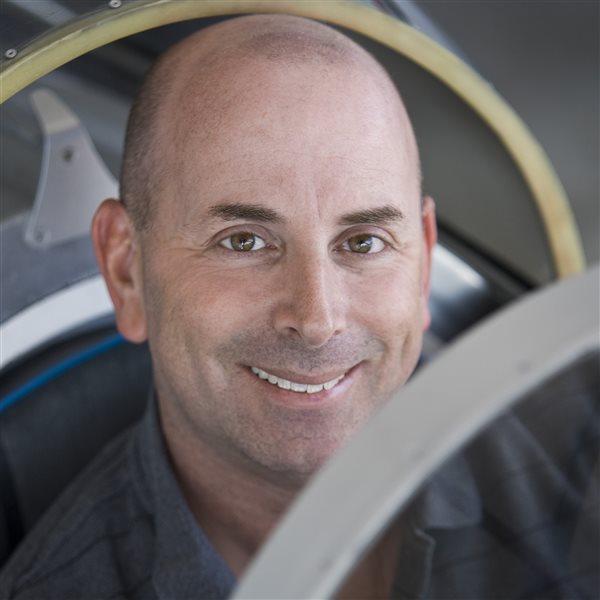Unusual Attitude: Did I really say that?

[email protected]
I’ve mostly placed them outside the airplane during takeoff and landing practice so students can see exactly how their airplane returns to Earth. Is the flare at the right height? Does the airplane touch down at the proper attitude? On the centerline? Does it track straight ahead on rollout? Students can know exactly what happened, and they can slow things down and spot subtle trends that are easily overlooked in the heat of battle. But videos—and particularly the audio recordings that accompany them—have some valuable lessons for instructors, too.
I put together an AOPA video about tailwheel training and placed several Garmin VIRB cameras on the Piper PA–18 Super Cub in which I was giving a trainee a “final exam” flight. The video included cockpit audio, so I had the camera record all that was said on both the radio and intercom during the 90-minute flight. In reviewing the material later, I was mostly pleased with my performance as a flight instructor—right up to the 72-minute mark.
Until then, my spoken words had been on point, succinct, calm, and supportive, and they contained a few timely and useful observations. This final exam flight is purposely stressful, and it had included one bounced landing with a go-around and a too-fast approach to a short runway. But the student had responded quickly and correctly to each bit of adversity, and after one hour and 10 minutes, he was setting up for a full-stop landing at his home airport where a light breeze was well aligned with the landing runway. We had flown together in the Super Cub about a dozen hours during his training, and he had shown a strong aptitude and interest in tailwheel flying.
So, when he rounded out too high, I was a bit surprised and got ready to spring into action. My feet were resting on the rear rudder pedals, and my left hand was on the throttle lever ready to advance it if we got too slow. Then we got too slow. The airplane was at idle power, the stick was moving aft, and the bottom was about to drop out from underneath us.
My customary reaction in this situation is to simply push the throttle lever forward. That slows the rate of decent and cushions the touchdown. There’s no need to even speak. But as hard as I pushed on the throttle in the back seat, my student pulled even harder on his throttle in the front seat. It was a standoff. The airplane plunked down firmly—and I completely lost my temper.
The first thing out of my mouth was an expletive, closely followed by a series of rapid-fire non-question questions: Why are you fighting me on the controls? Why the King Kong grip on the throttle? Why the high roundout? Haven’t we seen this movie too many times already?
Instead of a full-stop landing, I told the student to power up and go around. There was no way this flight was going to end with such an atrocious landing. By the time we made it to the downwind leg of the traffic pattern, I’d recovered my frayed composure.
The next landing was a thing of beauty, and that helped banish the memory of the crappy landing from my mind. I removed my video cameras from the airframe and took them home to download the data.
It wasn’t until I started assembling the video a few days later that I was confronted with my own bad behavior. My harsh tone and unprofessional language were far worse than I remembered, and I was embarrassed and ashamed of the way I had behaved.
First, I owed my student an apology.
Beyond that, however, hearing the audio made me wonder how many times I’d subjected others to similar outbursts. After all, this one only stood out because it had been recorded. If not for that, I wouldn’t have given my actions on that flight any more thought.
I frankly don’t know how many times I’ve acted so thoughtlessly before. But if not for the offensive audio recording, I wouldn’t have known at all. It’s given me the chance to correct a major flaw, and for that, I’m grateful.



